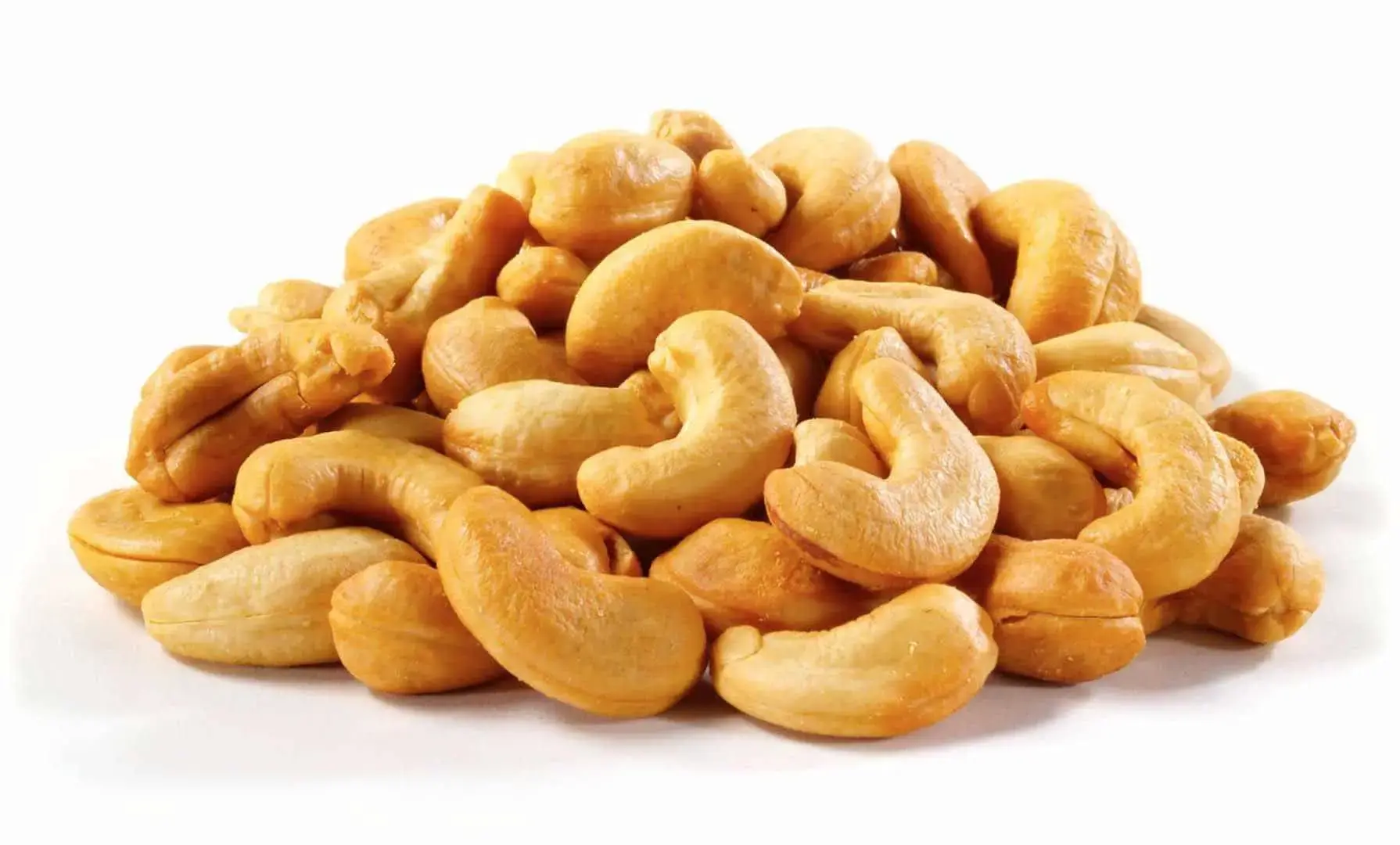Some kids in my family start losing their milk teeth. 🦷
While we don’t do the tooth fairy 🧚 stuff, I wondered whether there’s any cool kid-friendly experiments 🔬 to do with their deciduous teeth? Like dissolving them in easily available liquids to teach them the importance of brushing, or maybe some material strength tests to show how cool enamel is?
Hit me with some cool ideas, I‘ve got a few teeth to experiment with 😃
…milk teeth?
To clarify, I’m American, and always heard them called baby teeth 😅
Aka baby teeth or primary teeth or deciduous teeth
My teeth are perennials.
Watch ur mouth, boy
Deciduous teeth! xD
Ope, jinx. Just adding that to my comment when you commented. 🍻
Mmm, xye-li-tol aaaarghh
That’s what we call them in German. Milchzähne. I’m guessing because they develop while you’re still drinking your mother’s milk?
Do you have a deutschyy94 companion novelty account? Should snipe that, like nowzers
in estonian the litteral translation is milk teeth and for the teeth in adulthood it’s ice teeth
Not ice teeth, ‘jäävhambad’ means permanent teeth. The root word ‘jääma’, meaning to stay
i guess as a child i always heard it as jäähambad
In Finnish adult teeth are called literally iron teeth.
In france we call em dent de lait, milk teeth
When is milk stuff like de lait?
Edit:
delait vsdulaitWhat do you mean
Same in Spanish, dientes de leche
Is that not what you call them?
baby teeth: this will probably differ in what they are called by province / state / country
Lol, Americans are different. Everyone else in this thread calls them milk teeth, even in different languages haha!
Milk teeth is grossing me out. I am just imagining me pouring milk and teeth are mixed in with the milk.
Like extra crunchy breakfast cereal.
Are you ok? Are you worried about a silicon condom + silicon lube type situation?
It’s like our egg tooth but for humans, it’s their first set of teeth. They aren’t breaking out of their eggs though, lazy mammals.
Oh BABY teeth!
Its what you use to eat milksteak 🙄
Milk teeth in Norwegian as well, “melketenner”
It’s great segway to discuss aging, decay and the certain death that awaits them. Or you can do the fairy stuff sure
If you save up enough, you can have them in a bowl with milk, like teeth cereal.
Thompson’s Teeth. The only teeth strong enough to eat other teeth.
Or make anal beads for (overly ambitious) ants
Edit: or unambitious assplay-enthusiasts
You know how this goes, right?
The resulting thirst for scientific knowledge results in unparalleled technological advancement, but also an endless demand deciduous teeth for further experimentation. Eventually their personally-developed, secretly manufactured and deployed microdrone monitoring network alerts them every time any child loses a tooth in the Western world. Slightly larger drones sneak into the home and collect the tooth. In an attempt to avoid further pressing of ethical boundaries, the drones are equipped to carry in small amounts of currency that are left in place of the tooth. Your family, more literally and on a larger scale than any family before, DOES the tooth fairy 🧚 stuff.
Nice try, James Cameron
In hindsight, maybe I shouldn’t have suggested using baby teeth as a novel piezoelectric material. If juvenile biomineralogical apatite turns out to be a better material to make crystal oscillators than quartz, I’ve literally just created industrial demand for the bones of children.
Oh well. Cat is out of the bag now. Turned out not to be an effective or humane way to store cats anyway.
Love that you intrgrated “thirst” into your overture there :)
Teeth for the tooth god!
Digital microscopes are very affordable. Basic models up to 1000x can be found for 50 USD.
Break one up and look at the different layers under magnification.
Lol, 1000x is such bullshit. It’s hopelessly stacked digital zoom or idiotic lens measurements. 1000x is about the absolute maximum with classic light microscopes and those that can do it are quite expensive. Buy some cheap (stereo)microscope for $100 from some company like amscope (maybe used) and it will be much better and be useful for other stuff.
What do you mean by “useful for other stuff”? It’s still double the investment, what do you gain for this much, realistically, from a purely hobbyist, I’ll check things with my 6yo, PoV? Are we talking genuine trash to good, or more like acceptable to great?
We’re talking gimmick/toy vs basic research tool. You won’t be limited by what’s more or less a low end webcam with a cheap plastic macro zoom lens in front because you’ll have higher quality optics you can use with your eyes. You don’t run the risk of it not working anymore with newer hardware/software. If there’s ever a science project from school or the child is interested in science later on, a proper microscope will still work in 10 or more years, and you’ll be able to upgrade stuff.
You might need to buy used though although the stuff from Amscope and similar companies can be quite cheap while it’s new. Depends on what features you want.
For looking at teeth you’ll want a stereomicroscope which is cool because you can just throw stuff on the stage and look at it like it is and you get a 3D image. It doesn’t have the high magnification of compound microscopes though. Of course if you invest more you can also get good digital microscopes but for $50 it’s not gonna be great.
Can you recommend a model?
I’ve always wanted one of my own and want to show my kid.
The Amscope SE120 is the cheapest one I could find for $60 with 20x zoom but it’s a a kids version. The 306 is more advanced but costs $160 already. For one with continuous zoom you’ll need to spend more, swift has some cheap ones. I bought one from Motic which is was quite expensive but I’m very happy, they also offer cheaper models. It’s always worth checking the market for used premium brands like Zeiss, Nikon, Leica or Olympus because those are usually better than China imports (Amscope, Bresser etc) but it depends on your luck of course. I’d see if I can find a used one by reputable brands, buying a new expensive one was good but I could have saved a lot.
I just noticed that I’m quite high, might change stuff tomorrow
I just noticed that I’m quite high, might change stuff tomorrow
Lol
Eh, seems more or less alright.
You guys are nerds
Imma upvote u but try to be less of a dick in the future 🔬
Hehe sorry just kidding
deleted by creator
Yes
Love that one. This definitely goes on the list.
Other nice experiments with a microscope are: looking at the cells of (red) onions, chlorophyll in green leaves, and water from a pond, hairs etc. But I don’t know what kind of magnifying you need. These things are probably not that small.
One of the most infamous experiments is submerging the tooth in cola, to show the importance of brushing. In primary school, it was done on white eggs though, but using a tooth would be more authentic. Ironically, while the tooth should completely rot in cola, the liquid is perfect for washing household things (the sink or a toilet bowl for example).
That’s always been a pretty misleading interpretation of the experiment.
The experiment is great. It’s good to teach kids about acids and bases and this basic chemistry.
It’s just that the same thing happens if you put a dead tooth in any acid, including the ones that are required for you to live, like vitamin c, and the ones that people drink because they think it’s healthy, like vinegar.
like vinegar.
Should I be drinking vinegar out of the bottle instead of dousing my chips with it?
My parents eat spoonfuls of cider vinegar, claiming it helps with arthritis. I tried it once and decided I would rather have the arthritis.
Vinegar is food, not medicine.
Consume it however you want.
I’m going to A&E before this thing cracks inside me.
Does it really? I tried that with some meat when I was a kid, and other than turning a little ugly not much changed.
Yes it totally does. My teachers got a load of disembodied teeth when I was about 6, and we tied them to string and left them suspended in various drinks. The ones in coca cola had completely disappeared by the end of the experiment.
the liquid is perfect for washing household things (the sink or a toilet bowl for example)
And afterwards it makes a great mixer!
You guys and your awesome, eco-friendly, life hacks! Where would I be without you?
Dontchya think its a little disingenuous or at least contrived to be doing that when most people would have rinsed long before that even close to became an issue, if even unknowingly? Did they time its dissolution?
Come to think of it, I agree. Regarding the experiment with eggs, I distinctly remember the soda laden egg being submerged in the liquid for 24/7, where as the other egg received water and toothpaste. Perhaps a more accurate and interesting experiment would be to wash the tooth with soda and every morning/ evening wash it with toothpaste? Theoretically this can still show how important brushing is, if toothpaste really helps combat the acids from cola.
what you can do is hide the teeth under a neighbor kits pillow and leave a note on the door for the parents, then when they leave the money you go back in and take it before the parents find out, just watch out for the local tooth mob boss
If they haven’t been brushing their teeth and there’s visible calculus on them, you could use a metal pick and scrape it off like a dentist doing teeth cleaning, to show them how thick it is.
Well, I’ve been tempted to cut them in thin slivers, press them between metal plates, and test for piezoelectricity (they ought to be piezoelectric). Them build a higher-than-normal voltage Colpitts oscillator around it. Higher voltage to compensate for lousy crystal performance, not “high voltage”. Maybe tens of volts?
Then use them as a clock source for a CPU. Try to get one with fully static operation in case the frequency is not super stable.
This forms a good introduction to practical necromancy and necrocomputing for children. Happy Halloween!
Wow, calcium phosphate is piezoelectric? Good to know in case I can’t find quartz for some reason.
Bone is piezoelectric – not sure if this is due to structure or because apatite is also piezoelectric.
Some practical notes:
I haven’t been able to use it in crystal oscillators at 5V and a naive setup (a standard hex inverter crystal oscillator circuit). Probably I’ll need to use proper thin sections of it (to increase the electric field per mm), increase the voltage (e.g. 20V), and maybe stress it in the right direction (bone has a ‘grain’ to it).
Also : Fee fi fo fum. I’ll grind some bones to make my… breadboards?
You can drop one in a glass of soda and one in a glass of milk to demonstrate what that stuff does to your teeth after 24 hours.
Another experiment (with Halloween coming up) might be to string those teeth up as a necklace and observe the reactions of people noticing it…
OP said “milk teeth” so there’s a good chance Halloween isn’t a thing where they are.
I am OP 😉
Actually, Halloween is growing more and more here since I was a kid. But I guess that’s more of a commercial and outward display thing than the tooth fairy, so maybe that’s why the latter isn’t catching on?
The first thing that comes to my mind is to polish them like rocks.
Teeth in a tumbler could be anything from a kids story to the next Stephen King novel.
crunchy kitty meme comes to mind
Didn’t even know that meme. Thanks 😊
Maybe try leaving one in cola for a week or two as an experiment? You’d probably be able to see how the acid affects the enamel, which is why dentists recommend drinking soda through a straw, and also why generally you’re not supposed to brush your teeth directly after drinking soda (toothbrush is too abrasive on the weakened enamel).











